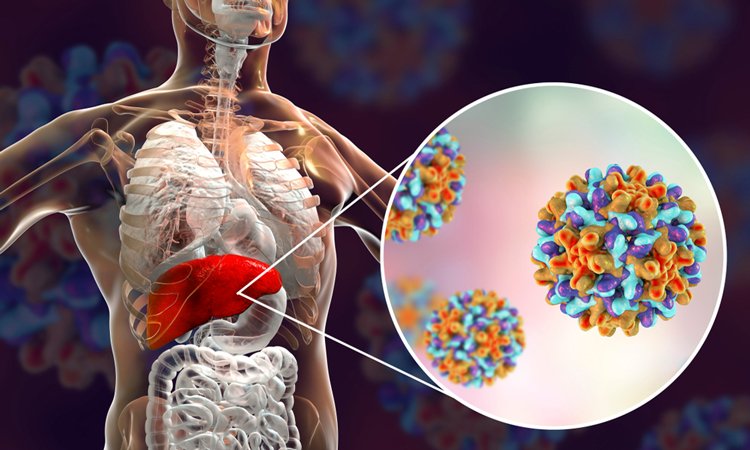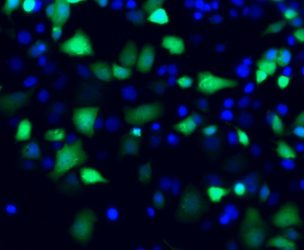Proteins vital for hepatitis B infection discovered by researchers
Posted: 10 March 2020 | Victoria Rees (Drug Target Review) | No comments yet
A new study has revealed five factors and proteins that hepatitis B infection needs for replication of its DNA, providing insight into the disease.


Researchers at Princeton University, US, have identified a set of proteins that the hepatitis B virus (HBV) uses to establish itself permanently inside liver cells. According to the researchers, their findings could suggest new directions for therapies to treat chronic HBV infection.
When HBV first enters its host’s liver cells, its DNA genome contains several gaps and other imperfections that need to be repaired before the virus can establish a permanent infection. To do this, HBV must enlist the help of its host cell’s DNA repair machinery, but exactly which components of this machinery the virus needs has remained unknown.
To identify the components required to repair HBV DNA, Alexander Ploss, an associate professor of molecular biology at Princeton and postdoctoral fellow Lei Wei, recreated the process in a test tube. The researchers tested dozens of DNA repair factors and found that a set of just five factors purified from human cells was sufficient for the repair process. Removing even one of these five factors prevented the repair process from being successfully completed, suggesting that targeting any of these five factors can potentially prevent HBV infection.


Human hepatoma cells harbouring modified hepatitis B virus cccDNA are labelled by green fluorescent proteins. Blue oval shapes are cell nuclei labelled by fluorescent Hoechst dye, which stains DNA. Nuclei without green fluorescent protein are cells that do not contain hepatitis B virus cccDNA (credit: Lei Wei and Alexander Ploss, Princeton University).
One of the essential repair factors, an enzyme known as DNA polymerase delta, is inhibited by a drug called aphidicolin. Wei and Ploss found that aphidicolin treatment can prevent the repair of HBV DNA, not only in the test tube but also in virally infected liver cells.
Ploss hopes that further studies will reveal exactly how the five repair factors work together to fix the HBV genome: “Our study is an excellent starting point to finally answer the decades-old question of how the stable form of the virus’s DNA is generated,” he said. “Until we understand this process, which is crucial for HBV persistence, targeted clinical therapies that can completely clear the infection will remain out of reach.”
The study was published in Nature Microbiology.
Related topics
Disease research, Drug Targets, Protein, Proteomics, Research & Development, Targets
Related conditions
Hepatitis B
Related organisations
Princeton University
Related people
Alexander Ploss, Lei Wei



